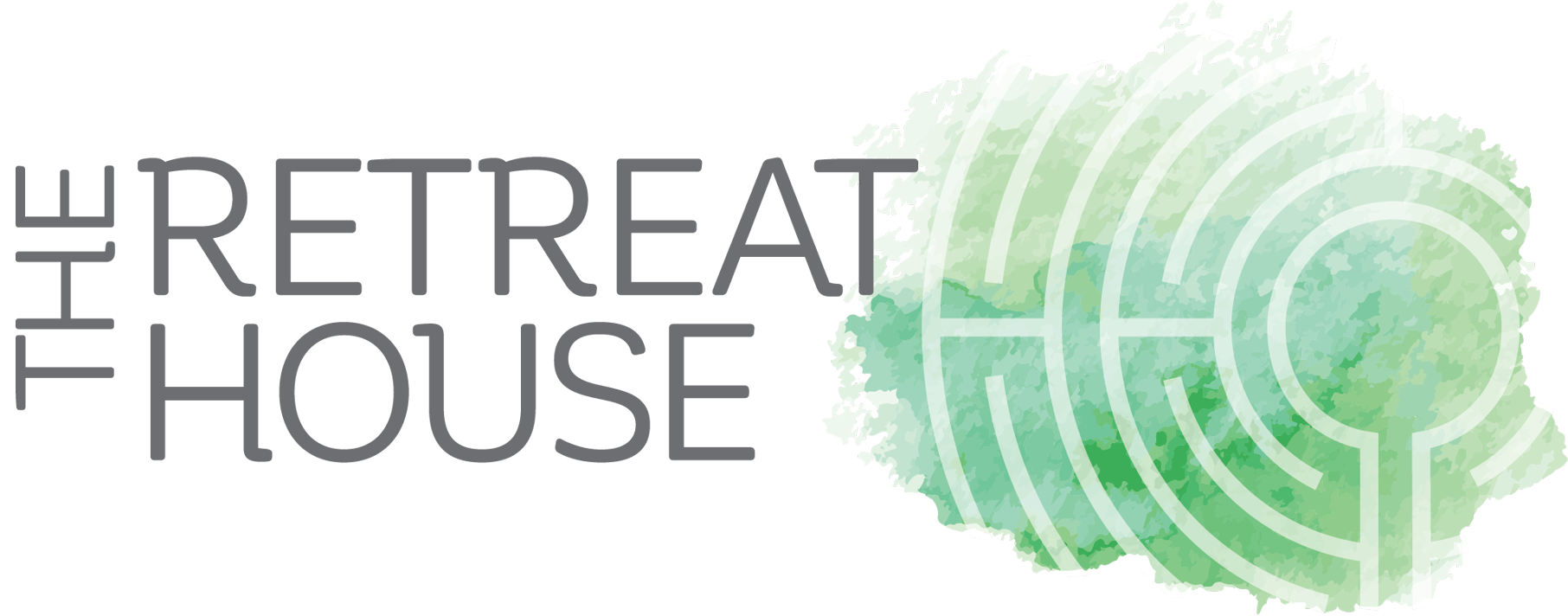by Suzanne Foehl
Recently I was walking the Retreat House grounds with Peter Thayer. A young arborist guided us describing the property’s trees in the context of their height, girth, canopy, foliage and health status. While I would have expected the young specialist to know the trees by name, his relationship with the trees seemed much more intimate. He knew them by their skin. Whether the bark was smooth and paper thin or gnarly with a roadbed of deep lines reaching to the sky, the names rolled off his tongue like he was calling old friends to gather for conversation.
The rich narrative from the arborist included a statement about the individual health, diagnosis of disease, and prognosis of longevity for each towering friend. A plan was documented, and we have some work to do. Mostly, the green gifts such as reducing erosion, creating cleaner air and providing an ecosystem for animals will continue with the reliable attention from those responsible for their care. It seems a fair trade since the trees provide the essential oxygen we breathe while cleaning the CO2 we exhale. Why would we ever not literally hug a tree?
I am a self-proclaimed tree lover. I have an indoor ficus tree and an outdoor American elm that bear stories of my childhood and life journey. They are both potted and continue to throw out a beautiful canopy of distinctive leaves for all to see and enjoy. They are healthy or so I thought.
I offered the Retreat House my 6’ American elm to be planted at the edge of the labyrinth. It would join other trees completing a welcoming circle in the landscape. The new planting would have room to grow tall and expand its canopy over the beautiful and unpretentious labyrinth protecting sojourners on the path. I spoke to the arborist about my gift and he sighed. “You said your tree has been in the pot for over 5 years,” he asked. “Yes,” I said. “First we must deal with the root system,” he said. With the puzzled look on my face, he continued. “Regardless of your love for the tree and best intentions for care, it is very likely seriously root bound in the pot and could die.” In shock I exclaimed— “but the leaves are beautiful, green and healthy.” As soon as that guilt laden and exasperated thought tumbled off my tongue I thought of a favorite quote from Rumi: “Maybe you are searching among branches for what only appears in the roots.”
To be pot bound is to be actively in a dying process. The roots of the tree can no longer stretch out, absorb nutrients, aerate the soil or offer stability to the living organism. The roots become dangerously enmeshed growing in a circle until the beautiful container that houses them becomes a death chamber. The image and story for me also seems to be a modern allegory for individuals, organizations and institutions. Like the plant, the degree of care we give ourselves, the organizations we serve and the institutions that guide us is vitally important. As Rumi reminds us, our search must be deeper than what we see. It takes courage to strike the expensive decorative pot so carefully selected to stimulate growth and to seemingly heartlessly slash deeply into the root system bound to all that it knows– a container that no longer serves its needs. It is the only cure for the sure death of a pot-bound life, but miraculously new growth emerges where the cut opens the root to the air and soil—nutrients for life—and produces new growth.



Leave a Reply
You must be logged in to post a comment.